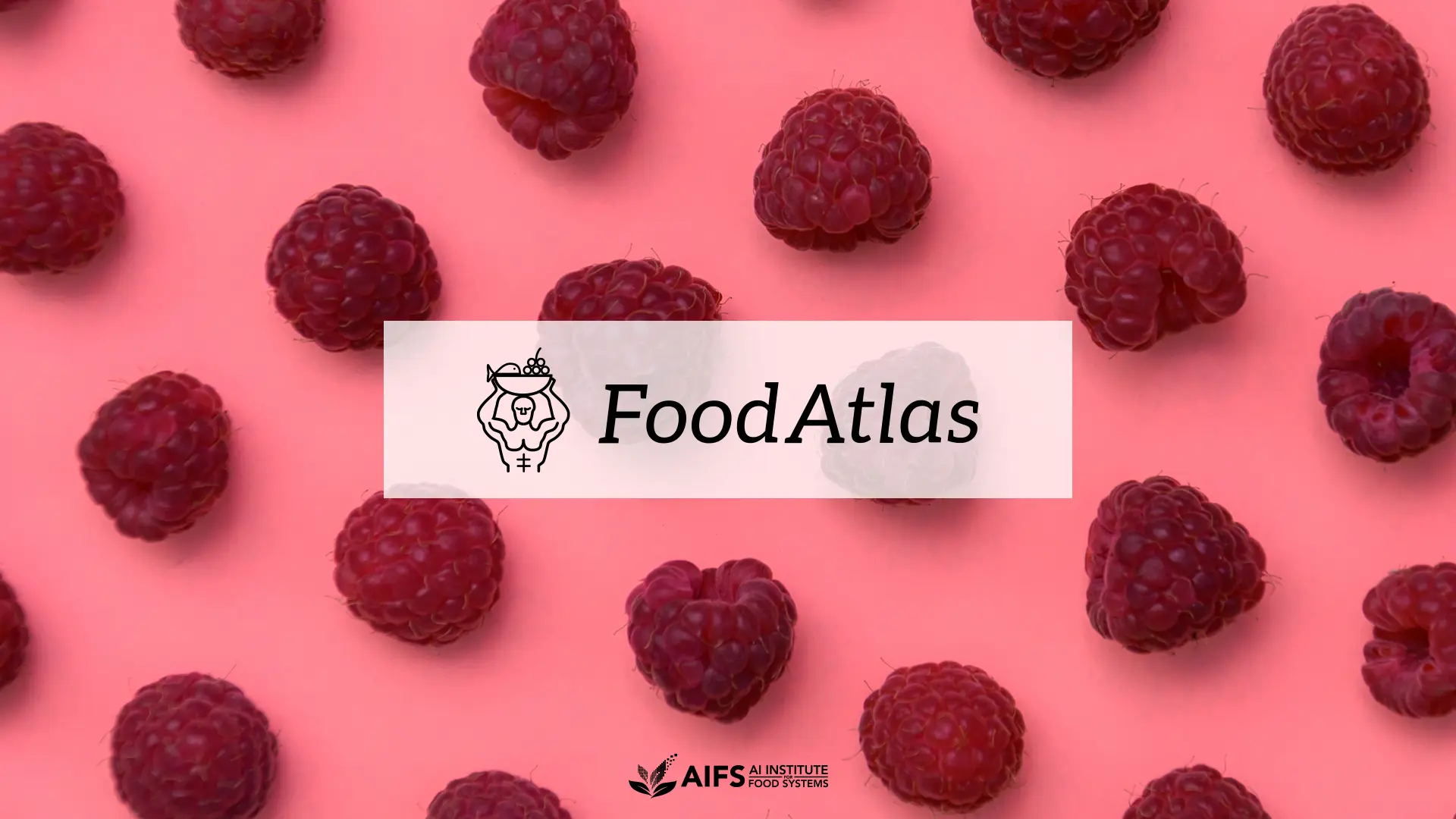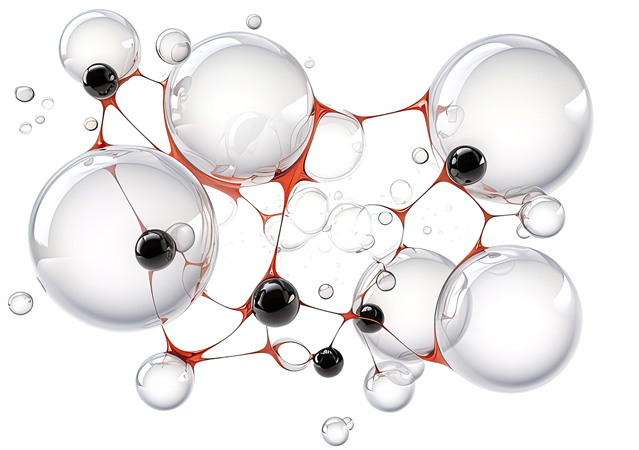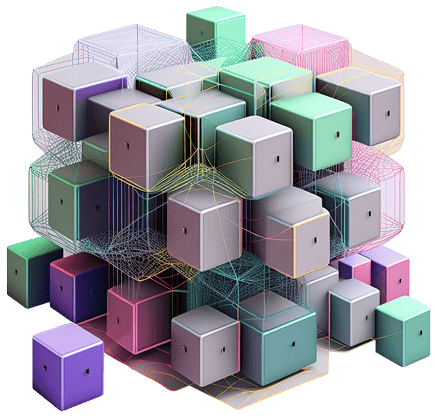Most of us don’t really know what’s in our food, let alone what it’s doing to our bodies.
Just a few years ago, we only understood ~2% of raw food composition. Today? Maybe 5–10%.
And the functional effects of those components? Even less.
Enter FoodAtlas: An AI-powered platform purpose-built to bridge this gap
The team led by PIPA’s founder and AIFS director, Ilias Tagkopoulos, Ph.D., mined 155,000 scientific papers to identify 230,000 food-chemical relationships, nearly half of which had never appeared in any database. That’s a major step forward in creating scientifically-verifiable knowledge about what we eat.
What that means for Research and F&B Innovation:
- Hidden food data is now searchable, credible, and actionable.
- AI makes it possible to review 1,000s of studies in hours instead of years.
- Applications span new product development, medical treatments, and personal nutrition.
Whether it’s identifying biomarkers for IBS diets or predicting gene resistance in E. coli, this is AI accelerating innovation in health and food science.
Background on FoodAtlas & How It Works
FoodAtlas is an AI-powered platform that maps the relationships between foods, their chemical components, and health outcomes. It identifies what chemicals are in our food and analyzes how they may affect the human body.
The system continuously scans scientific literature, extracting data on chemical composition and disease links. These findings are cross-checked against authoritative sources like PubChem and stored in a structured knowledge graph. Each connection in the graph is a triplet: a source entity, a target entity, and their relationship—backed by metadata and supporting evidence to ensure reliability.
Learn more in the AIFS paper titled: FoodAtlas: Automated knowledge extraction of food and chemicals from literature.
The future of food is smarter, healthier, and more evidence-based, and FoodAtlas is helping lead the way.
Watch the full presentation here:


